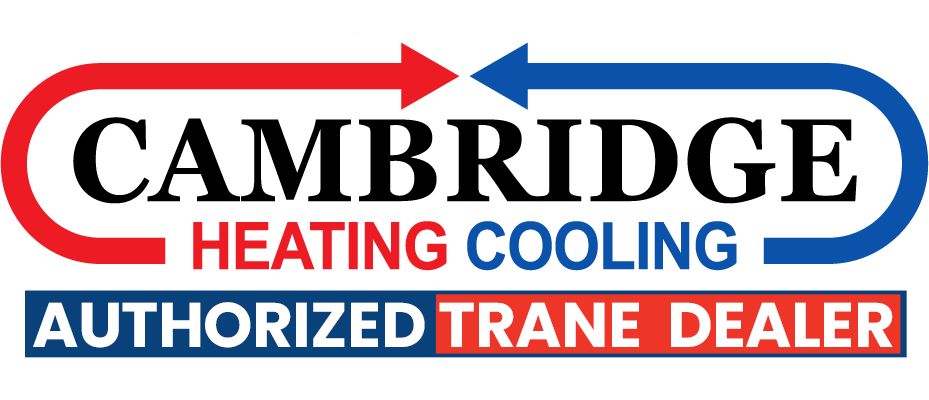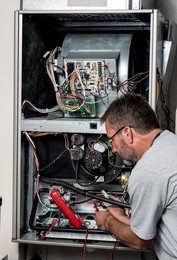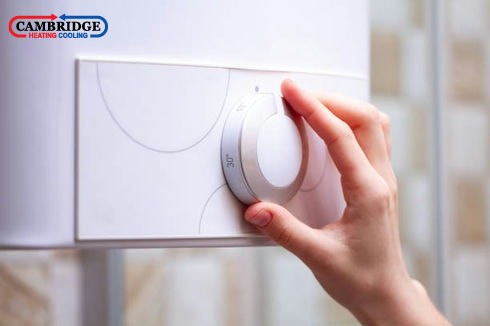Furnace installation requirements
If you’re in the market for a new furnace, it’s important to be aware of the installation requirements and guidelines that your furnace manufacturer may have. This blog will help you understand what should be done before and after your furnace is installed, and it will also provide tips on how to maintain your new furnace in the long term. Make sure to read through all of the sub-headings to get a comprehensive understanding of furnace installation requirements!
What are the furnace installation requirements?
When it comes to furnace installation, there are a few things you need to keep in mind. For example, the installation requirements for oil furnaces depend on the type of oil furnace you are installing. Additionally, make sure to take into account the required ventilation for your installation. Additionally, if you are looking to reduce energy consumption in your building, you may want to consider installing a hot-air absorption chiller.
A furnace installation is a task that requires a great deal of expertise and experience. A furnace installation should not be attempted by anyone who is not familiar with the process and equipment involved. If you are thinking about having your furnace replaced or installed, make sure to consult with an experienced heating contractor first. A furnace installation begins with an assessment of your home’s heating system. This includes assessing the condition and age of all your heating equipment, as well as figuring out how many heating you will need per day. Next, a furnace selection plan is created based on your needs and wants. Each furnace comes with its own specific benefits and drawbacks, so it is important to consider which one would be best for your home.

What should be done before a furnace is installed?
Before a furnace is installed, it’s important to take a few important steps.
The first is to make sure the area is clean and free of any obstructions.
Next, excavate a sufficient amount of soil to accommodate the furnace’s depth and width.
After that, secure the perimeter of the excavation with temporary bracing, then fill it in with fresh soil. Finally, install the insulation on top of the freshly laid groundwork, then build up the final layer of concrete using a vibratory tamping machine. Make sure to call a qualified contractor to do the installation for you – they will ensure a smooth and trouble-free process.
A furnace installation is a process of installing a new or replacement furnace in a home. A home heating system typically consists of one or more furnaces, fans, and air ducts to distribute heat throughout the house. A furnace installation can involve removing old insulation, wiring, and ductwork, installing the new furnace, connecting thermostats and vents, and mounting appliances. A furnace installation is typically a contractor’s job and should be done by a qualified person.

What should be done during and after the furnace installation?
After the furnace installation is complete, it’s important to take some simple steps to ensure a smooth heating experience.
These include verifying that all ductwork and vents are in working order, double-checking thermostats and registers, cleaning air filters if necessary, and turning on the furnace as soon as possible. It’s also a good idea to test the system periodically by turning up the thermostat slightly until you notice a decrease in heating bills.
During the furnace installation process, a skilled technician will make sure that the furnace is properly installed and connected to your home’s heating system. They will also be able to identify any potential problems with the furnace and fix them as soon as possible. Furnace installation can be a complex process, so it is important to have a qualified technician do the work. If you are not comfortable with the contractor who will be installing your furnace, please contact us for more information. We would be happy to help you find an installer who is qualified and experienced in furnace installation.
Things to watch out for a while installing a furnace
When installing a furnace, it’s important to be aware of some common pitfalls that can lead to problems.
Some potential problems that you may encounter during the installation process include faulty wiring, air leaks, and incorrect heating system connections. If you notice any of these symptoms, please contact your contractor immediately so that he or she can correct the problem and ensure a smooth heating experience for your home.
A furnace installation is a process of installing a new heating and cooling equipment in your home. A furnace installation typically includes the removal of old ductwork, insulation, air conditioning units, and other materials, as well as new ductwork and insulation. The installer will also install any necessary meters or controls to operate your new system. Depending on the furnace you choose, installation may also include a new air filter and ductwork. A duct cleaning service can be an important part of your furnace installation, as clogged ducts can ruin your heating or cooling efficiency.

Furnace maintenance tips
-Regular furnace maintenance is key to preserving your heating and cooling system.
-Check the filters every month and replace them when necessary.
-Clean the smoke chamber (if present) on a regular basis with a smoky air cleaner or carbon monoxide detector.
-Test the thermostat weekly and adjust as necessary.
-Disconnect hoses, Clean all seams, trap vents around registers & ducts where possible & clean inlets/exhausts.
-Check for leaks (they’re usually pretty easy to spot) & repair them as necessary.
-Check the furnace blower motor speed; if it’s doubtful that the fan is working properly replace the blower motor.
HVAC installation furnace installation can be a complicated process, and you should have an experienced contractor perform the work. The contractor will need to know what type of furnace they are installing, as well as how to install it properly. They will also need access to the ductwork in your home so that air can flow smoothly throughout the system. If you’re looking to have your furnace installation done by a contractor, be sure to look for one who is licensed and insured. You don’t want to end up regretting your decision after the work is completed.
Conclusion
Whether you’re looking to replace your old furnace or install a new one, make sure to consult with a furnace installation professional. These professionals know the proper installation requirements and will make sure that your new furnace is installed perfectly. In addition to installation, make sure to follow the proper furnace maintenance tips to keep your furnace running smoothly for years to come.
At Scarborough Heating and Cooling, we know that furnace installation is a complicated process. That’s why we have an experienced team of professionals who will take care of everything for you. Give us a call today to schedule your appointment!





